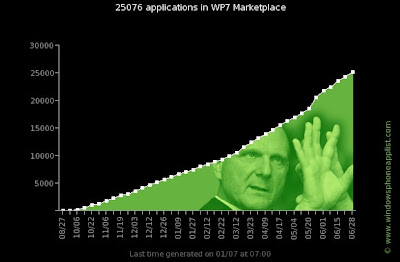
It was the first fully digital cellular system using TDMA to cram more information into less spectrum and provide better sounding, more reliable calls using less power. It introduced the Subscriber Identity Module (SIM), the idea of switching handsets at will (something carriers have sought to subvert by locking phones), and the reality of international roaming.
Short Messaging Service (SMS) was first launched on GSM networks, along with packet data (GPRS and later EDGE), which made internet access practical on mobile devices. Eventually, GSM expanded to the 400, 800, 1800 and 1900MHz bands and evolved into WDCMA-based UMTS (3G) and later HSPA and HSPA+, followed byLTE (4G) networks.
So next time you're at the coffee shop sipping on that latte while uploading that video to YouTube at 10Mbps using your LTE phone, remember to be thankful for that first GSM call 20 years ago -- that's when the mobile revolution really started.
So next time you're at the coffee shop sipping on that latte while uploading that video to YouTube at 10Mbps using your LTE phone, remember to be thankful for that first GSM call 20 years ago -- that's when the mobile revolution really started.


















